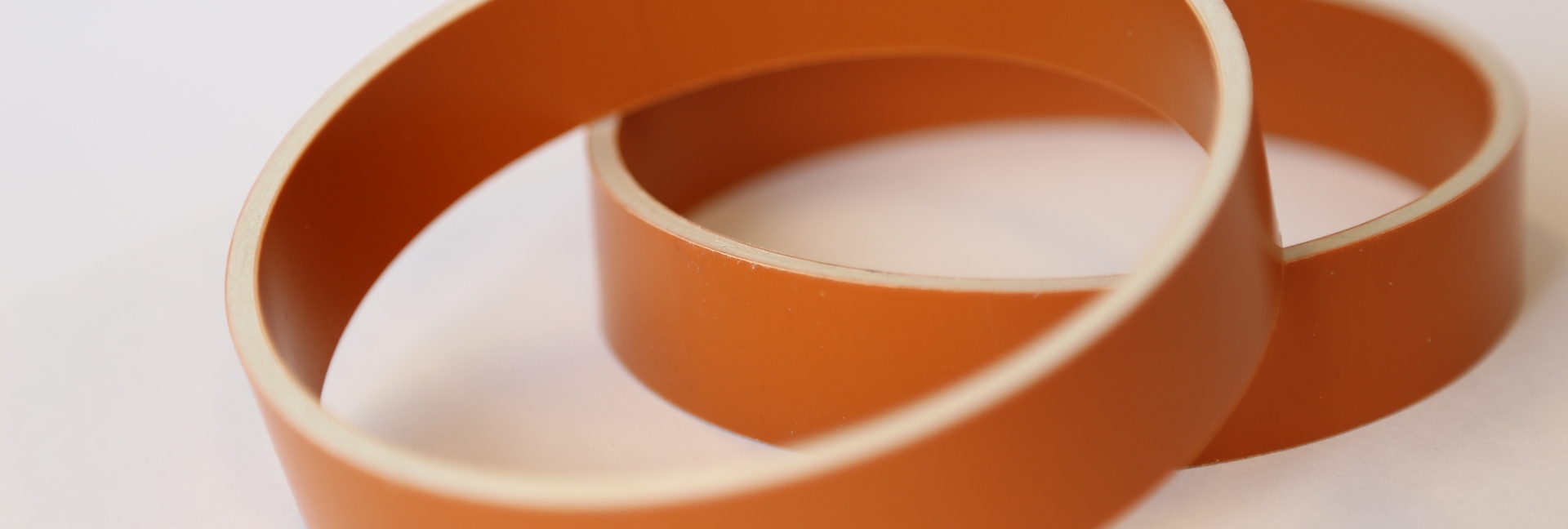
Optimization of Raw Material Selection for Cost-Effectiveness in Pipe Extrusion
24 January 2024As an industry leader in pipe extrusion equipment, Rollepaal understands that production efficiency and cost-effectiveness are essential for optimal results in the manufacturing process. This knowledge article aims to guide professionals on the importance of optimizing raw material selection to enhance cost-effectiveness in pipe extrusion.
Why Optimize Raw Material Selection?
A primary factor influencing the cost of pipe extrusion is the selection of raw materials. Careful consideration of material characteristics, i.e., their physical, mechanical, and chemical properties, is critical to reducing production costs and eliminating unnecessary waste. Optimizing raw material selection offers several benefits:
- Reduced material costs: Selecting cost-effective materials without compromising product quality directly decreases the overall production expenses.
- Enhanced processing performance: By using materials that work well with the extrusion equipment, manufacturers can achieve higher production rates and reduce machine downtime.
- Product quality and compliance with standards: Ensuring that the chosen materials conform to industry standards and meet customer specifications promotes the production of high-quality pipes consistently.
Steps to Optimize Raw Material Selection
1. Understanding and Applying Standards
The first step involves a thorough study of the industry norms and standards. These can vary between nations and industries. These regulations serve as the starting point for any plastic pipe production operation, outlining strict requirements for equipment, safety measures, and product quality. Adhering to norms is non-negotiable in our industry. Recognizing and applying the correct standards to operations will streamline processes, ensuring regulatory compliance and enhancing the product's acceptance within the targeted market.
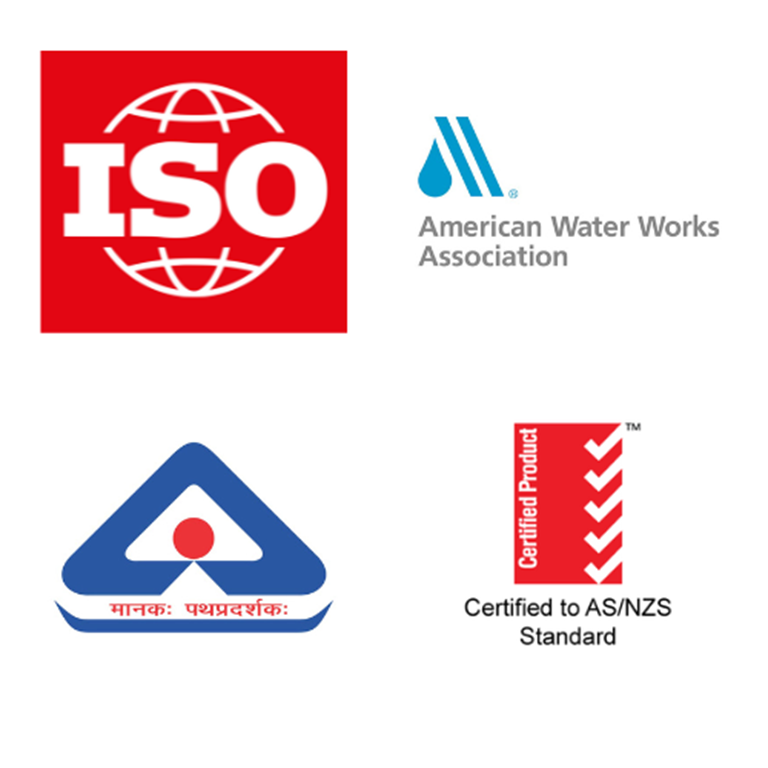
2. Identification of Key Properties
The second step in optimizing raw material selection is to identify the crucial properties required for the specific pipe application in question. These properties include, but are not limited to:
- Tensile strength
- Impact resistance
- Flexural modulus
- Thermal stability
- Chemical resistance
- Hydrostatic pressure resistance
- Ultraviolet (UV) stability
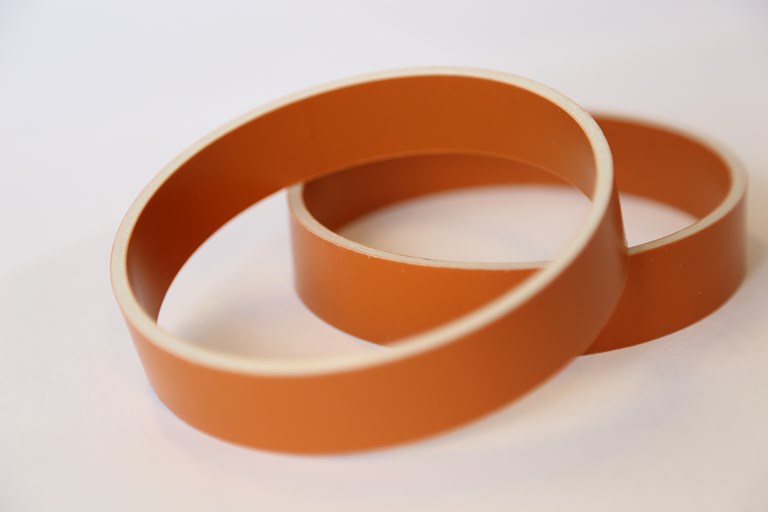
3. Processing Parameters Adjustment
To optimize cost-effectiveness, it is essential to adapt extrusion equipment settings accordingly. Parameters such as temperature, pressure, and screw design need adjustment to suit the selected raw materials. These adjustments ensure optimal processing performance, thereby preventing issues like thermal degradation, inconsistent thickness, dimensional instability or premature failure of the products.
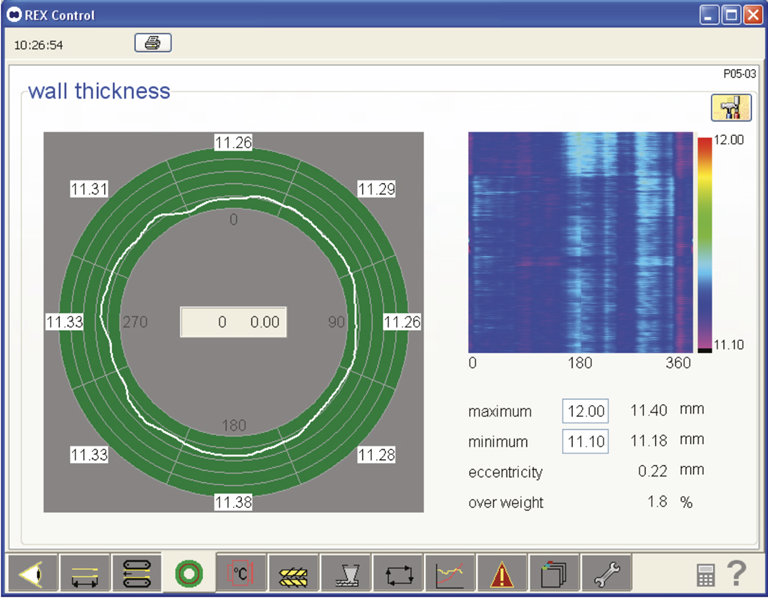
4. Material Blend Optimization
Depending upon the norms and applications, another way to reduce raw material costs is to utilize blends of virgin and recycled materials or different material grades. Proper blending promotes improved cost-effectiveness while maintaining product quality. Carefully monitor blend ratios and quality, as changes in composition can impact overall properties of the pipes and the processing parameters .
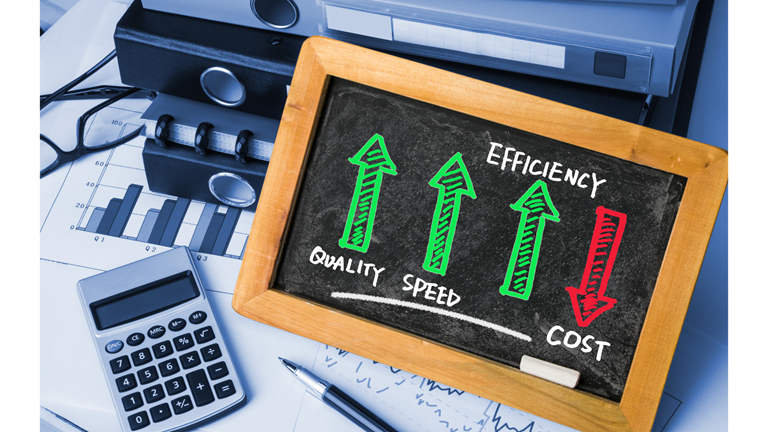
5. Continuous Improvement and Evaluation
Lastly, a proactive approach through continuous improvement and evaluation is necessary to maintain cost-effective raw material selection. Periodically review the selected materials grades, processing parameters, and supplier relationships to ensure optimal performance and costs.

By applying these strategies, manufacturers can optimize raw material selection for cost-effectiveness in pipe extrusion, resulting in higher production efficiency, improved product quality, and ultimately, increased profitability.
Trust Rollepaal to provide the equipment and guidance needed to achieve your organization's operational goals.